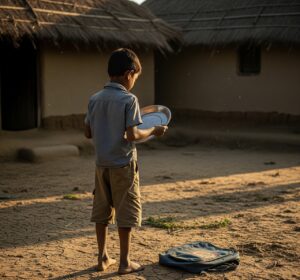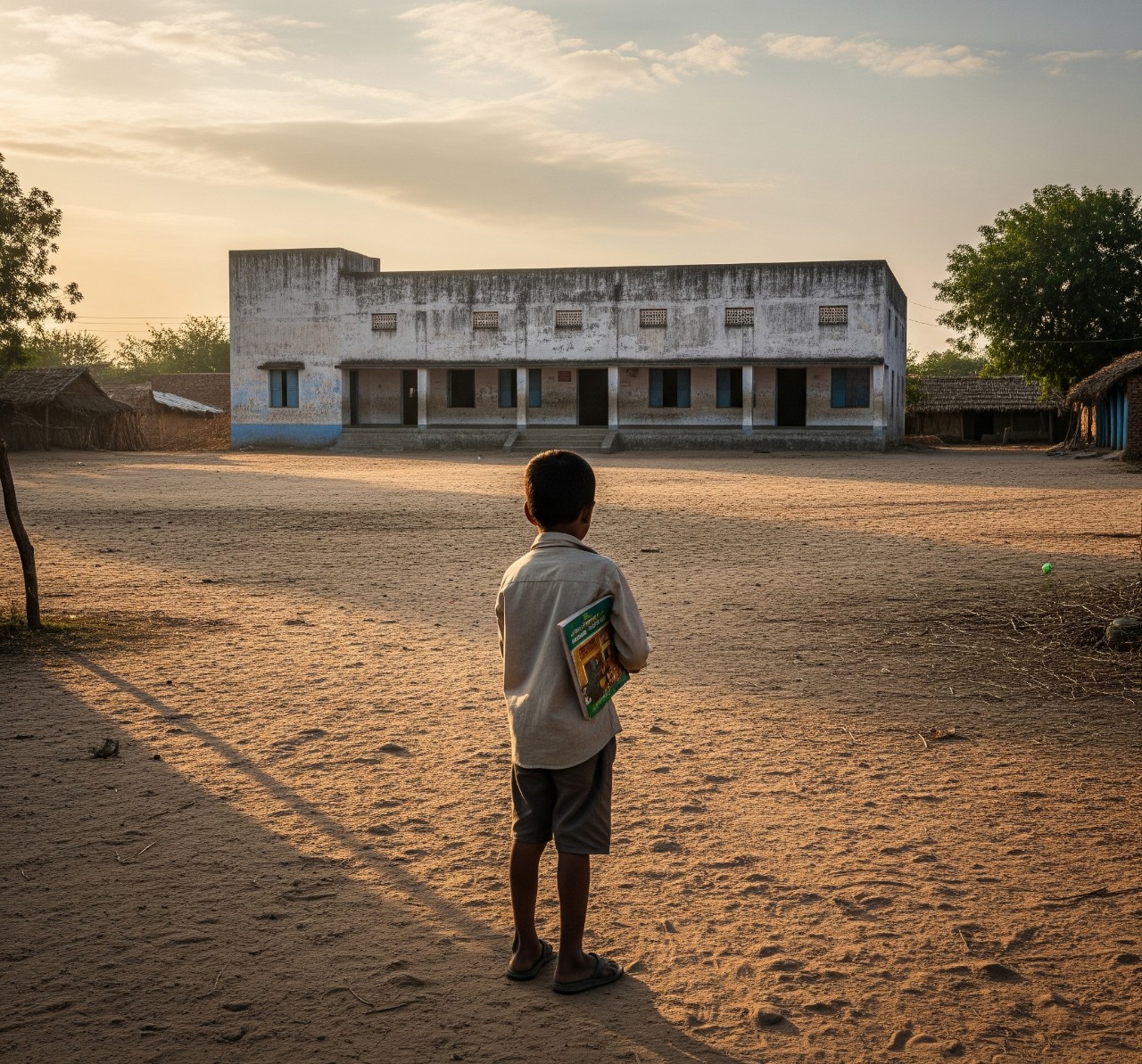This series of true stories from the field is a small effort in connecting with the children who were rescued from the worst form of child labour and have gone through the process of rehabilitation. In due course they were reunited with their families and were enrolled in the neighbouring government schools as per the policy directions. In this series we are trying to understand their perspective of the process and how we could do better to support them in the long run.
The stories covered reflect on different aspects of the rehabilitation process and challenges for the rescued children afterwards. It explores the possibilities to spark a discourse and inspire action towards small steps to undo the injustice with millions of our children.
Presenting story 1 of the series.
Back to square one!
Arjun (name changed) was a 12-year-old boy who came to Jaipur with his parents from Gaya, Bihar. The parents were migrant labourers working in the brick kiln in Jaipur. Their employer arranged for them to meet a trafficker, who took Arjun to work in a neighbouring bangle factory. The trafficker told them that he would provide food and some work, and he would pay the parents for Arjun’s labour. At that moment, the parents couldn’t anticipate where their child would soon end up.
Arjun started working in a bangle-making workshop operating illegally in Jaipur. He worked 12-14 hours a day making bangles with many other children of his age. It was a confined space where they couldn’t even spread their bodies when they were tired. They faced regular verbal and physical abuse from their employer.
In January 2019, Arjun was rescued by the Jaipur Police. After spending four months in an NGO shelter home in Jaipur, he was repatriated to his home in Gaya, Bihar. His case hearing was still pending. Under the directions of the Juvenile Justice Act and the district administration, he was enrolled in school in class 6 with the support of a local NGO. However, the problem was that Arjun had never been to school before, and now he was directly enrolled in class 6.
When we visited his school after 6 months of his enrolment, we got to know that he had stopped attending school long ago. He was enrolled as per Section 4 of the RTE, which talks about age-appropriate admission of dropped-out children or children who were never enrolled. In the act, there is also a provision for special training for such children to be at par with others. However, there was no handholding support provided to Arjun, neither from the school nor from any NGO. Inevitably, after a few months, the child stopped going to school. When asked his reasons for dropping out, he said he couldn’t follow any subject that was taught in the class. Hence, he stopped going. On asking whether he is enjoying being back in his home in Gaya, he replied,
“Vahi (shelter home) acha tha. Bhar pet khana milta tha, khelne ko bhi milta tha.”
(It was better at the shelter home in Jaipur. At least we used to get food and playtime)

Children rescued from bonded labour are all school dropouts. Yet the rehabilitation process fails to address the underlying reasons why this happened. The children suffered repetitive physical and mental harassment in their workplace; still, the process lacks psychosocial support.
Enrolment comes as a final step in rehabilitation without ensuring any academic handholding. It simply enrols them back into mainstream education, as if that satisfied the policy requirement. What are the reasons for this obvious gap in support? Is it simply a matter of resource shortage? Is it a gap in society’s belief in what children from socio-economically disadvantaged groups (often Dalits) can make of their lives – an acceptance of “fate” on their behalf?
How can we do better?
Rescued children are admitted to schools based on the age-appropriate criteria outlined in section 4 of the Right to Education Act, 2009. Due to lack of handholding, they dropped out again and became susceptible to trafficking. It is crucial to listen to children’s voices. Rehabilitation should not only ensure school admission but also ensure that the children are supported to remain in school through supplementary and appropriate academic classes and psychosocial handholding.
We hope this critical point will become a part of a solution-orientated discourse amongst the stakeholders.

Such great work highlighting the critical aspects which the policy makers should look into
Praiseworthy 👏👏
Interesting article, and it really highlights the larger issues in society. I was happy to see the child rescued, but the question is: what happens afterward? That’s where the real gap is.
We urgently need psychosocial care as part of the rehabilitation process. I believe that psychosocial support must also be integrated into our education system. Unfortunately, the Indian education system has rarely focused on a child’s psychology or mental well-being. Now is the time to bring that change into our system to truly support rescued children and help them thrive.
This story reflects the urgent need to strengthen rehabilitation beyond school enrolment, otherwise children remain at risk of dropping out and re-trafficking.
Thank you for bringing this critical gap to light.
Such a wonderful account of not just the loopholes in the policy, but also the harsh social realities of migrants in India.